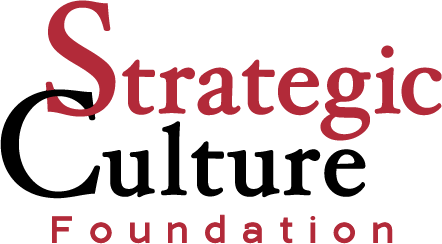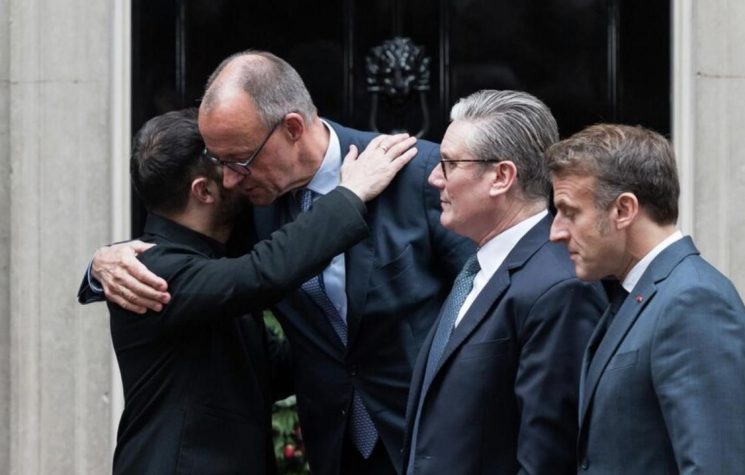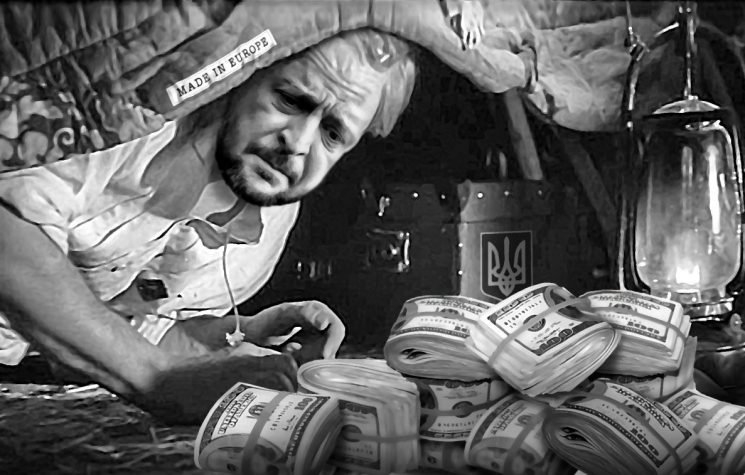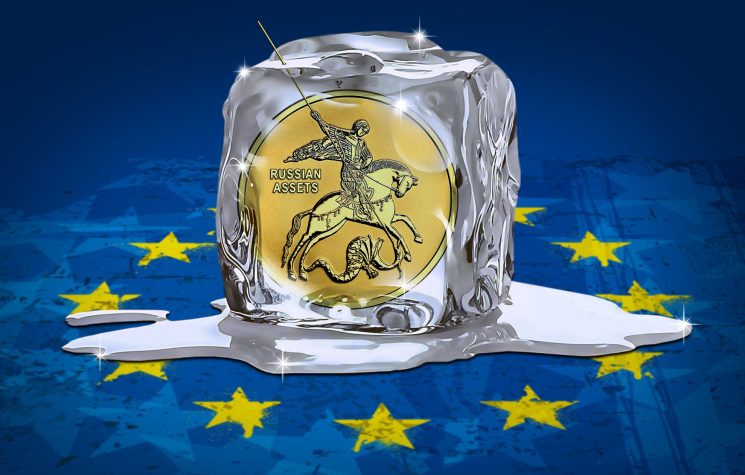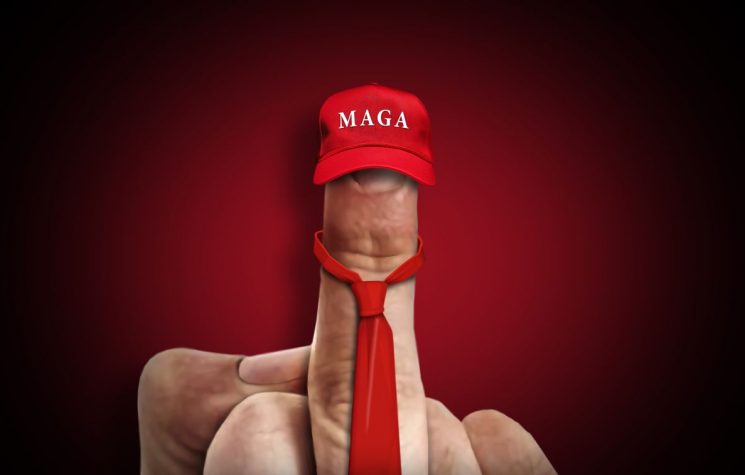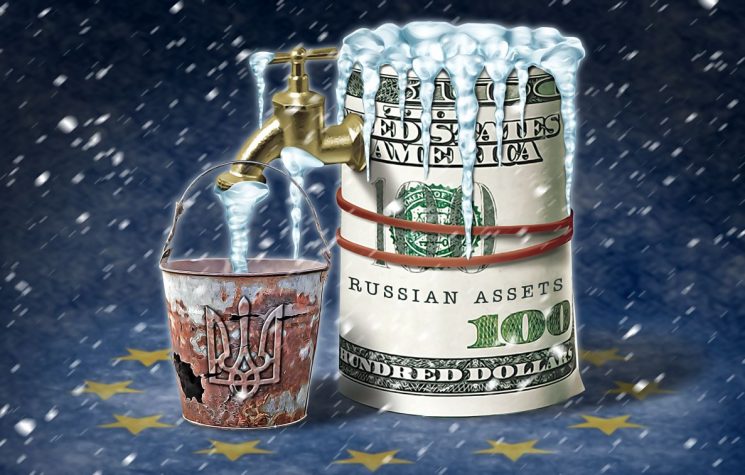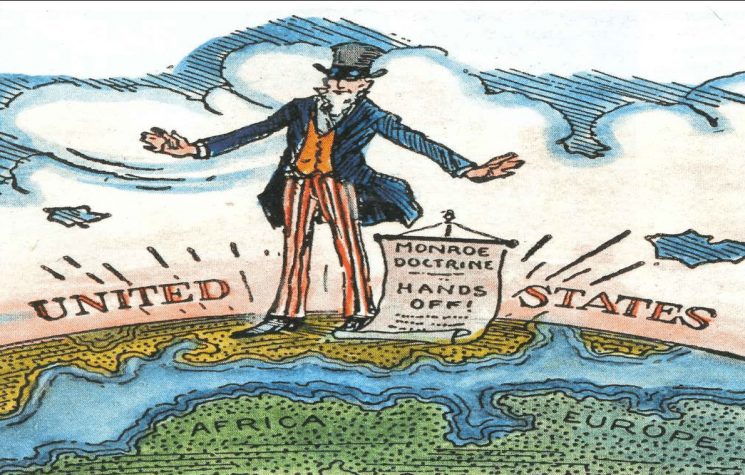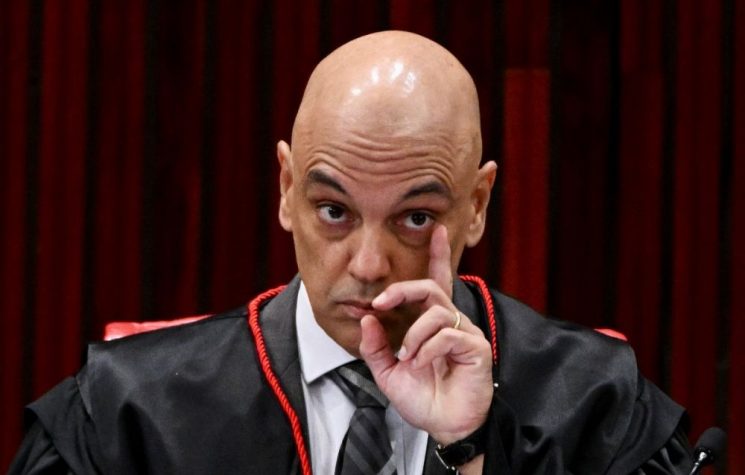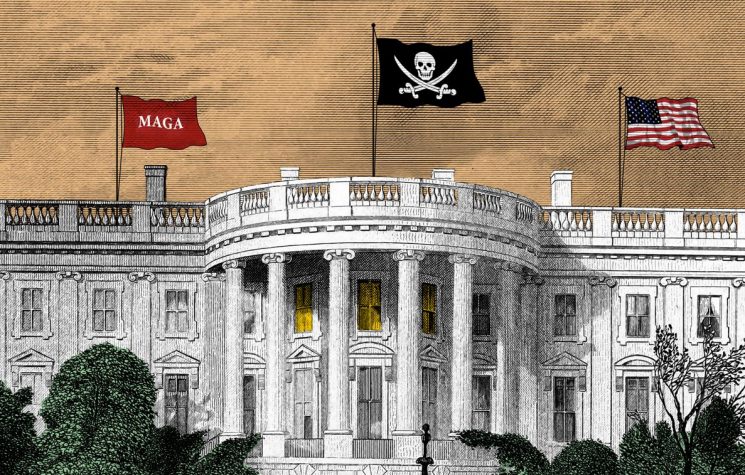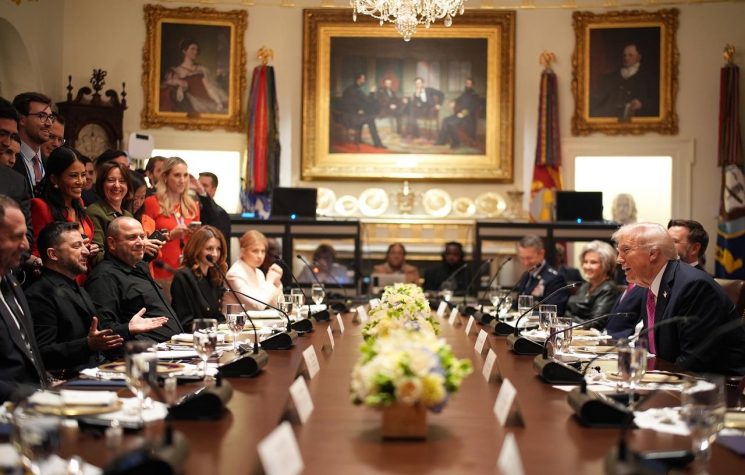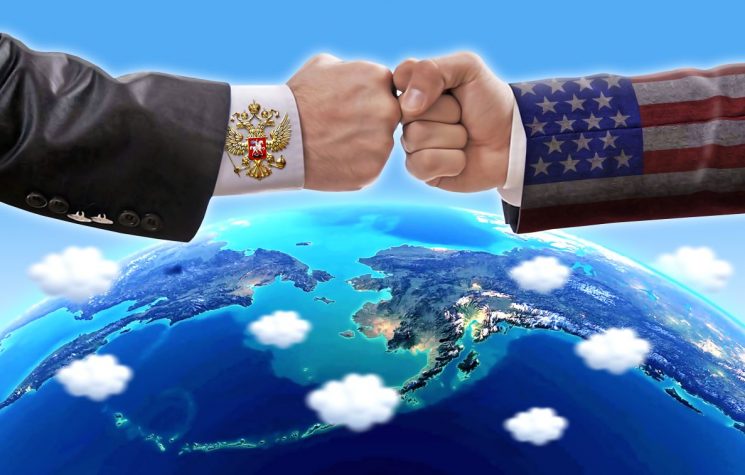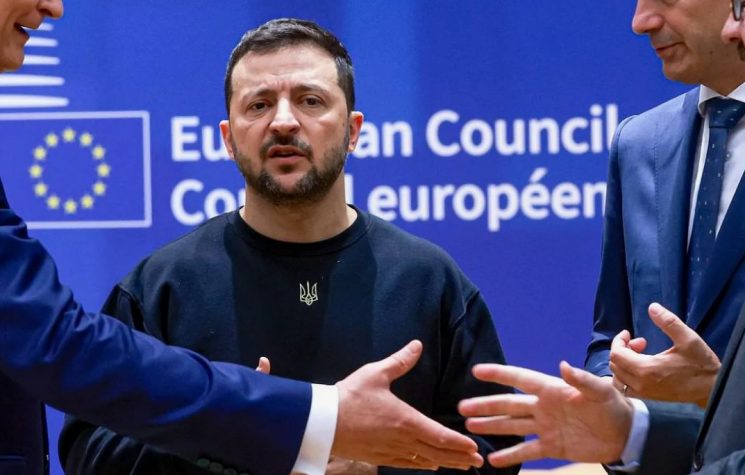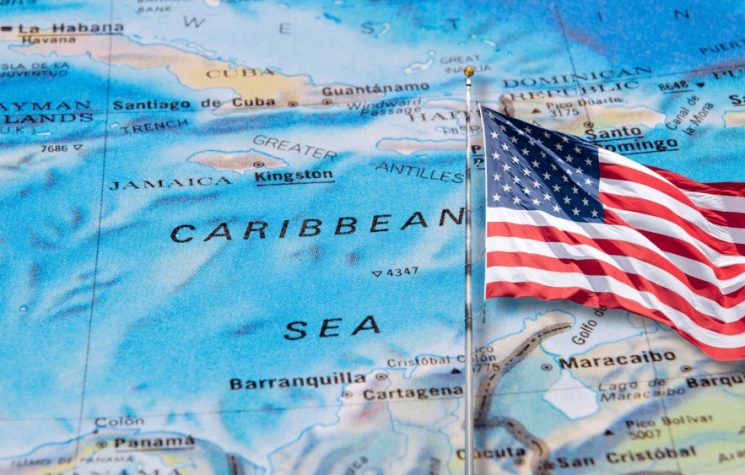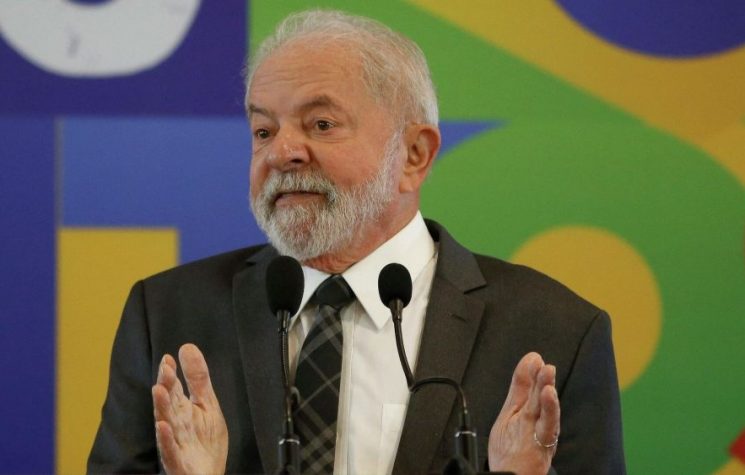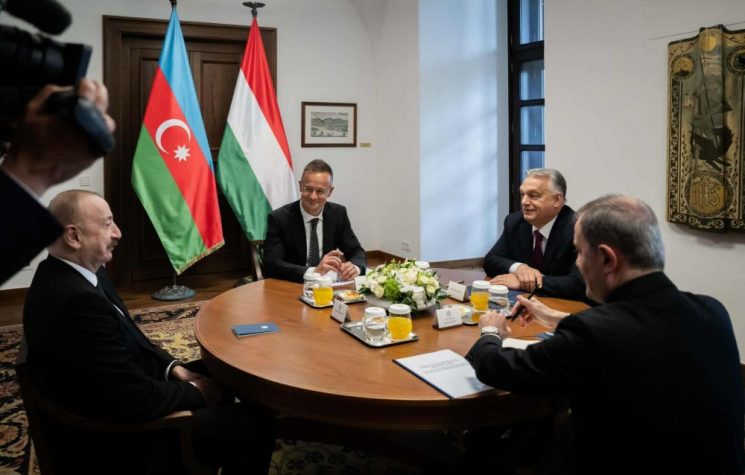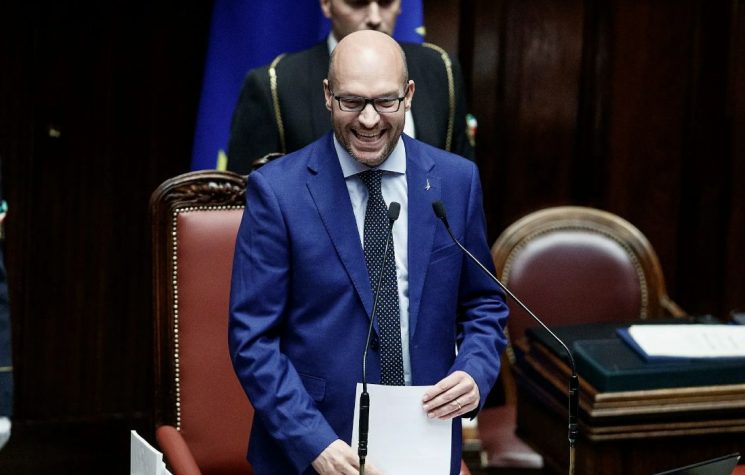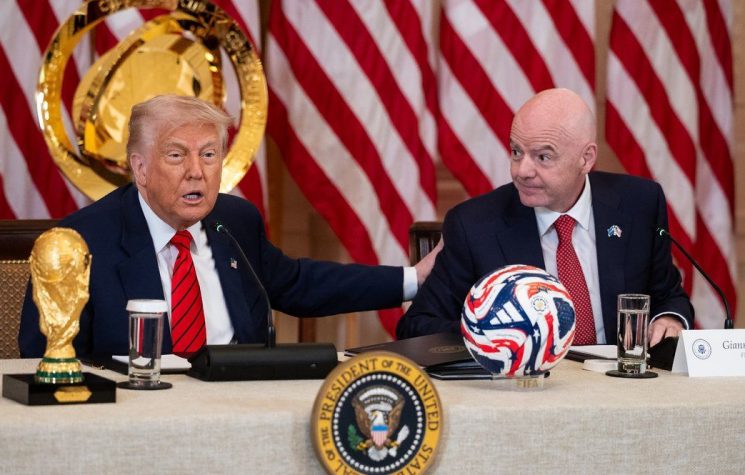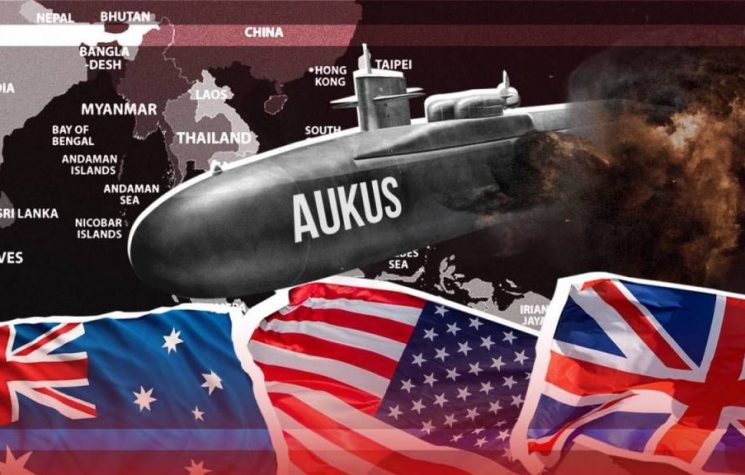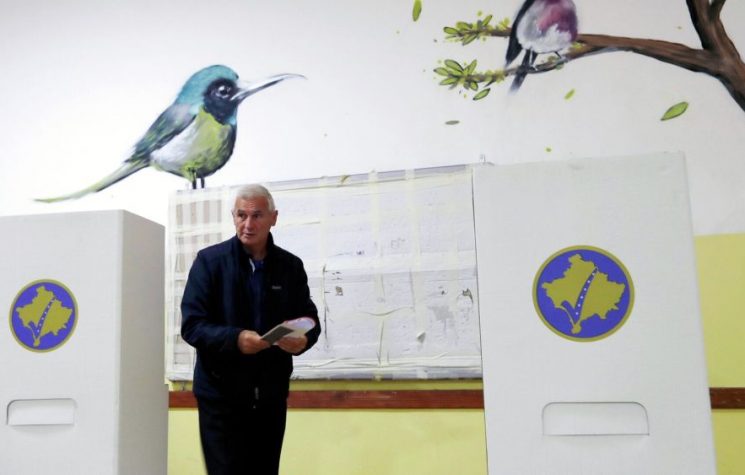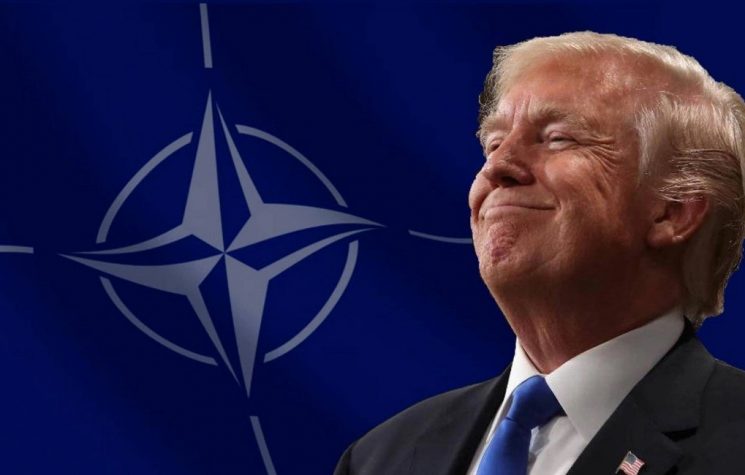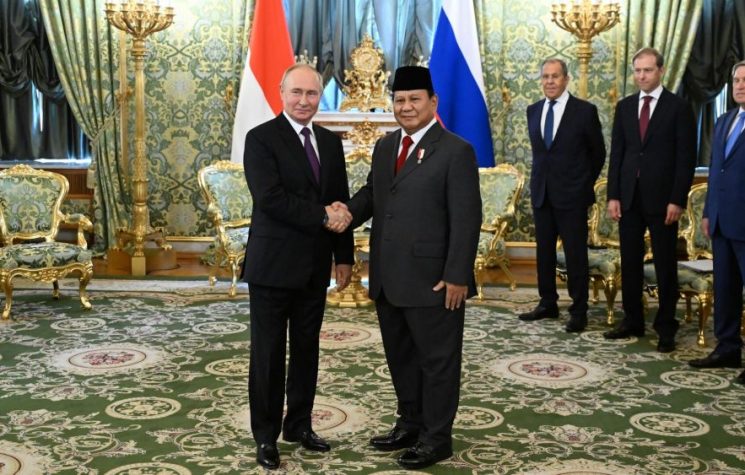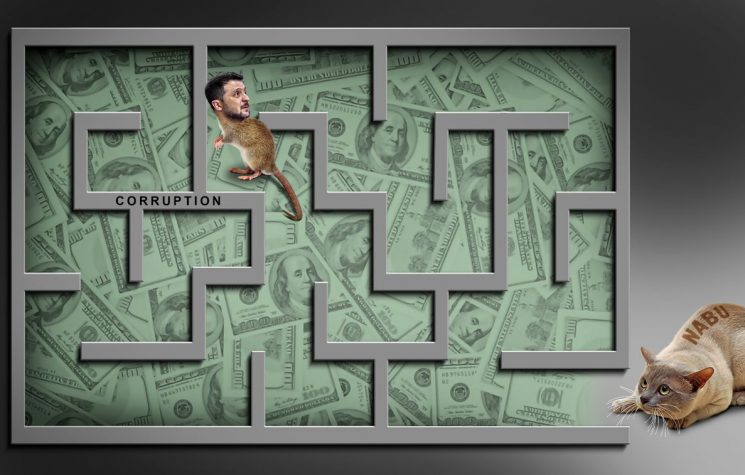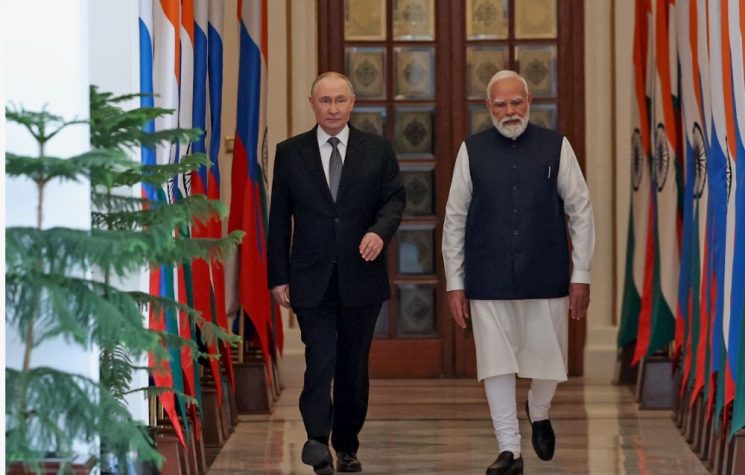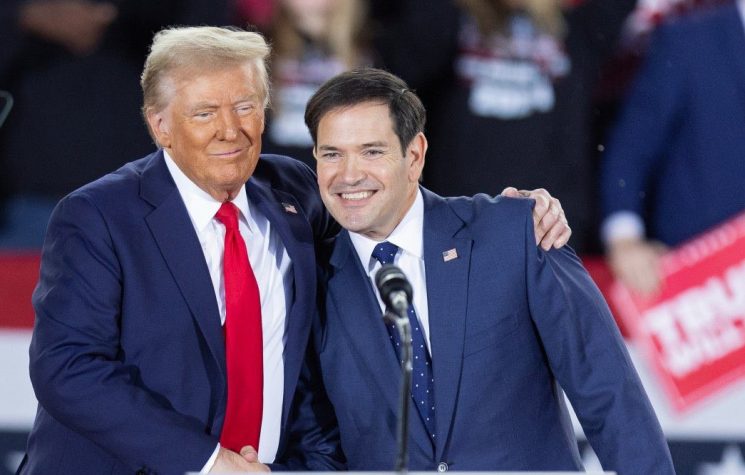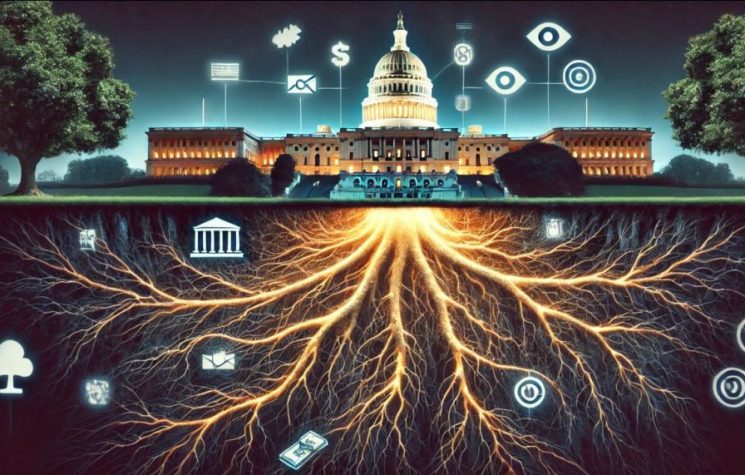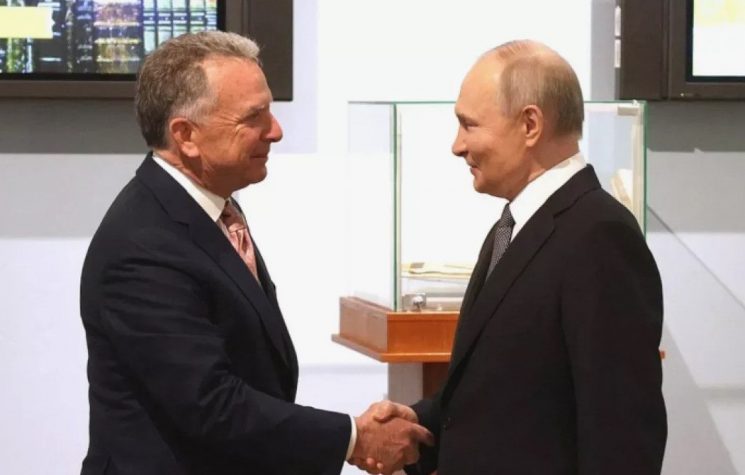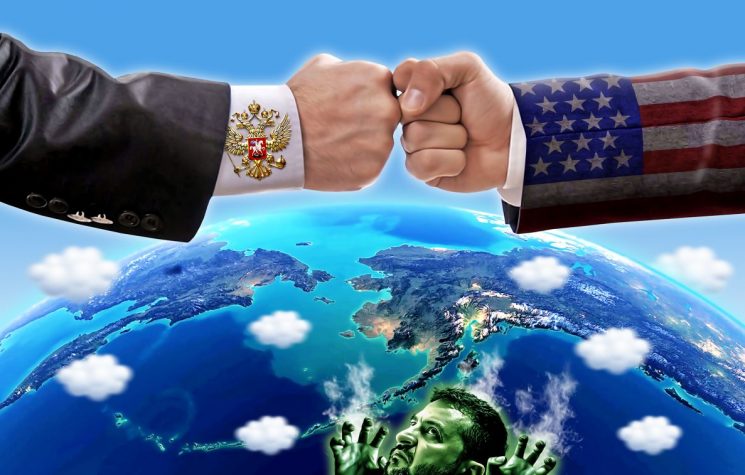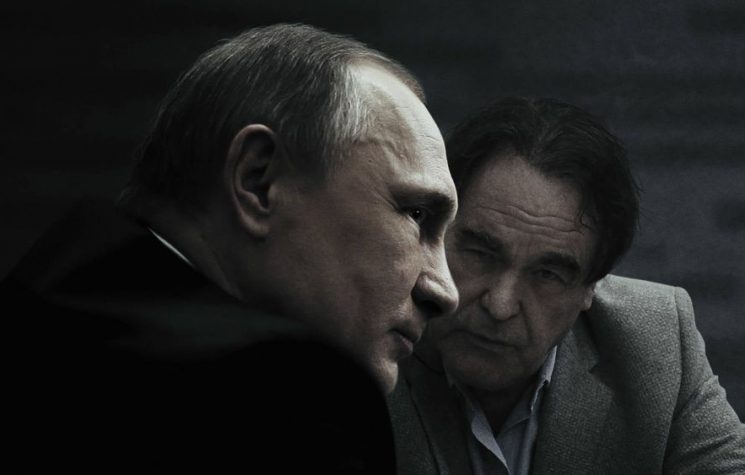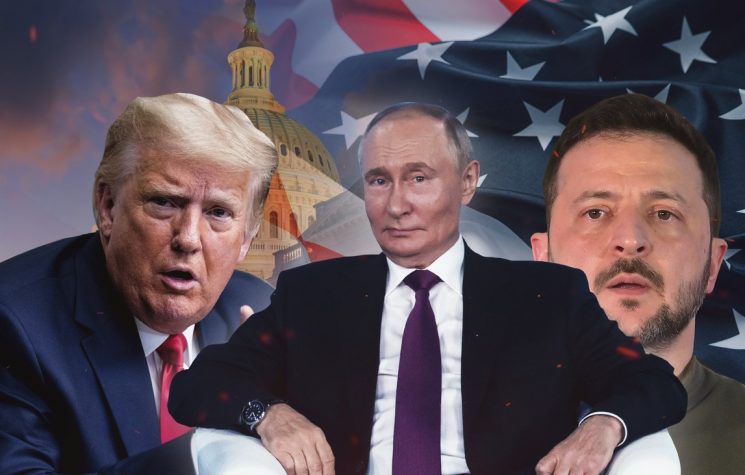President Trump, not held back by dissenters in his own party, appears strongly placed to agree a deal with President Putin.
Contact us: info@strategic-culture.su
Media coverage of America’s recent talks with Russia in Saudi Arabia focussed almost exclusively on the prospects for a ceasefire in Ukraine. Russia and the U.S. probably want different outcomes from the talks. But President Trump is better placed to reach a deal with President Putin that he was in his first term.
The speed with which America has moved to reestablish diplomatic contact with Russia has left European leaders breathless and flatfooted. Zelensky has also been damaged by a needless public fight with President Trump that he could not win, after accusing him of living in a Russian disinformation bubble.
Donald Trump has arrived in the White House, for the second time, following a collapse in U.S.-Russia relations under a preceding Democratic Party President. What seems different today is that the politics of Washington have made it easier for him to engage with President Putin.
In 2017, Russia undoubtedly hoped for a potential reset of relations with the United States after a general collapse in engagement under President Obama. In Obama’s final foreign policy fling on 29 December 2016, he expelled 35 Russian diplomats, in response to the so-called Russiagate allegations.
In my view, Obama hoped these expulsions would make it harder for President Trump to engage with President Putin, if Russia retaliated with reciprocal diplomatic expulsions. But, Putin deliberately paused on retaliating, waiting to see what Trump might offer.
The real obstacle to engagement in 2017, which doesn’t seem to exist today, was the bipartisan resistance in Washington to President Trump improving relations with Russia in any way.
Just one day after Obama expelled the Russian diplomats, the rabidly anti-Russian late Senator John McCain (R-Arizona) and Lindsey Graham (R-South Carolina) were in Kyiv. There, they pressed for even tougher sanctions against Russia, and more support for Ukraine.
Even before President Trump had been sworn in, moves were being made by representatives of his own political party, to hem him in. The vehicle to achieve this was the Countering American Adversaries Through Sanctions Act, which imposed sweeping new sanctions against Russia, Iran and North Korea.
This sanctions act was so punitive, allowing the U.S. to sanction European countries that did business with Russia, that several EU leaders were furious and lobbied hard for it to be watered down.
On 31 July 2017, within days of Congress approving the CAATSA act, President Putin finally chose to retaliate, evicting seven hundred fifty five staff from U.S. diplomatic missions.
Two days later, when President Trump signed the CAATSA Act into Law, he noted that the bill was ‘seriously flawed.. because it encroaches on the executive branch’s authority to negotiate.. This bill makes it harder for the United States to strike good deals for the American people, and will drive China, Russia, and North Korea much closer together.’
Whether or not you agree with sanctions against Russia, it would take a confident person today, to say that Russia, China and North Korea weren’t closer now than they were eight years ago.
Back in 2017 the CAATSA Act was a hammer blow to President Trump’s efforts to reengage. President Putin’s retaliation gutted America’s diplomatic network in Russia.
I was Charge d’Affaires at the British Embassy at the time and took the short walk most days to the U.S. Embassy to help the Deputy Chief of Mission as he grappled with the dreadful choice of which of his diplomats to send back to America.
I could have taken a car, but I wanted to walk in and out each day, under the watchful gaze of the Russian state apparatus, as a small sign of solidarity.
The main U.S. Embassy site in Moscow sits behind the White House, which the Russian army famously fired at by Russian army tanks during the 1993 parliamentary rebellion. In 2017, a cavernous new, glass and steel Consular Services building had recently erected which even today sits largely empty, as the U.S. shut down practically all visa processing in Russia.
I recommended a plan – successful as it turns out – to prevent closure of the Anglo-American school of Moscow, under the cover of the mass expulsions. The school had first opened in 1949, as a place for the children of American, British and Canadian diplomats to get an education. That school finally closed it doors in May 2023, having supported diplomatic children – including my two – for seventy-four years without interruption.
Both are small signs of just far low U.S.-Russia day to day diplomatic ties have fallen.
The talks that took place between in Saudi Arabia on 18 February between Secretary Rubio and Foreign Minister Sergei Lavrov focused in significant part on a process gradually to return diplomatic relations to a more normal footing.
In my experience, Russia places considerable value on day-to-day diplomatic collaboration across social, cultural, scientific and other fields. Even NASA had a liaison in Moscow while I was there.
It is no great secret that the intelligence services of both sides work relentlessly to spy on the other. But this softer diplomatic engagement is a huge help in moderating some of the ‘bad stuff’.
President Trump would like the war to end, but Russia holds the upper hand on the battlefield and can play for time in suing for peace. Russia would undoubtedly like a more normalised diplomatic relationship with the United States of America.
Foreign Minister, Sergei Lavrov has said he is not interested in a quick ceasefire that allows Ukraine to rearm and come back later for another war.
Any negotiation depends on knowing what both sides want and what you can offer without diminishing your own goals. There is little appetite on the Hill to pump further billions into the Ukraine war effort. With over 20,000 sanctions imposed on Russia already and with its economy still robust, there is no benefit in pushing more sanctions.
Taking small steps to redress the awful day-to-day diplomatic relations between both countries seems a good place to start as both sides look to broker a lasting peace. And with President Trump not held back by dissenters in his own party, he appears strongly placed to agree a deal with President Putin.

